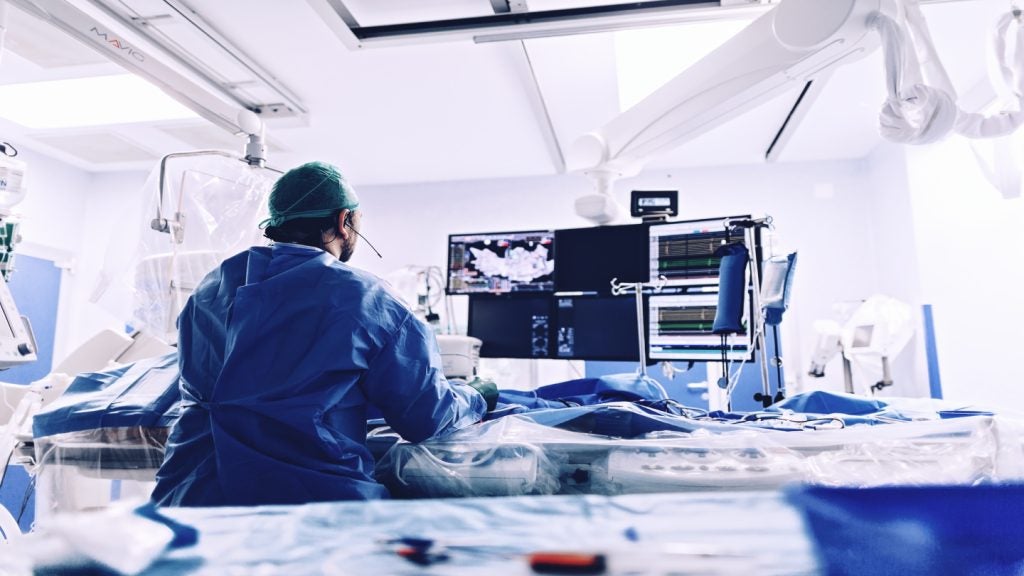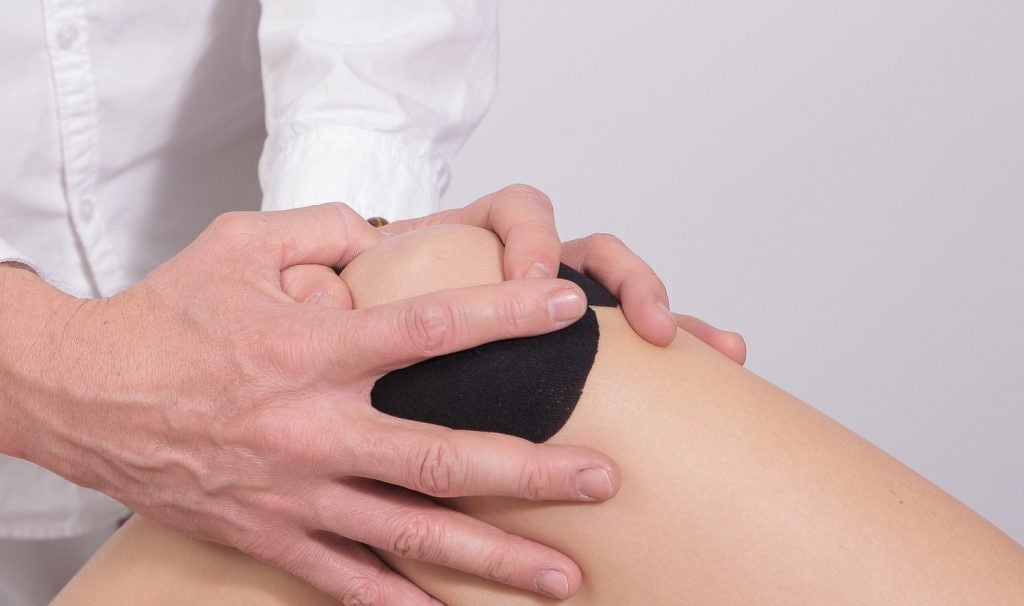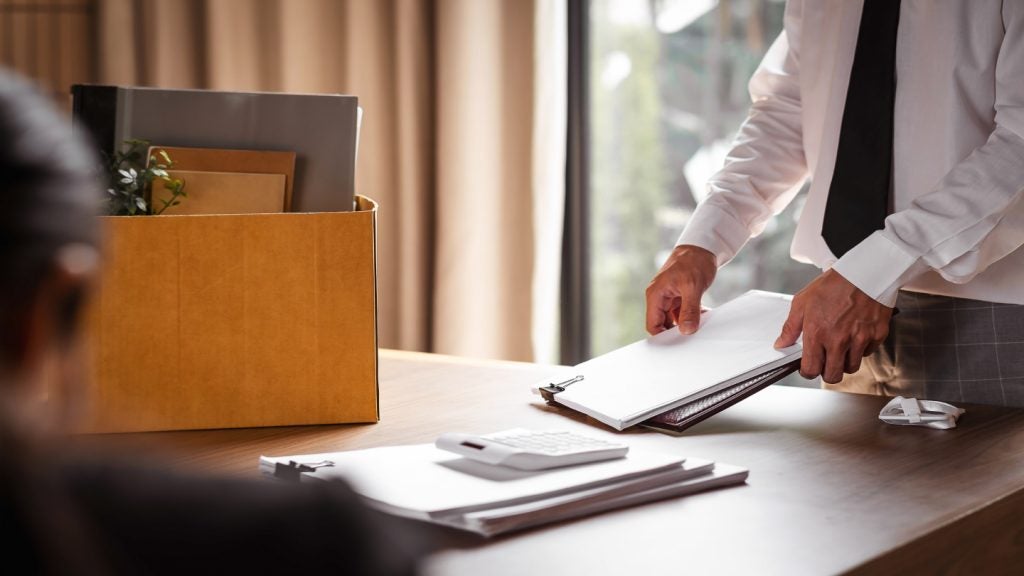
Time-to-market is a key concern for many manufacturers and there are many factors influencing when a product will be delivered to market. This is especially true when it comes to medical devices, which must comply with strict industry standards to ensure that patient safety is not endangered. However, there are a number of processes that can help manufacturers to better manage their risk and enhance their chances of delivering their product to market on time and intact: essentially, 12 steps to market.
1. PACKAGING DESIGN REQUIREMENTS
A packaging system must be defined in order to proceed with development and implementation. The packaging engineer/designer must collaborate with the relevant project team members to create a packaging design requirements document which provides a clear expectation of the function, limitations, special features, aesthetics, product/company branding, cost limitations, size limitations, sterilisation method, labelling requirements, hospital/clinic storage requirements, case count and possible adverse conditions of use and/or distribution and storage.
2. PACKAGING SYSTEM HAZARD ANALYSIS
The goal of a thorough packaging system hazard analysis is to eliminate all high-severity hazards and reduce as many medium- and low-severity hazards as possible. Two prime high-severity hazards are breach of the sterile barrier (for sterile barrier package) and damage to the medical device, which is not easily detectable and may affect the safe and effective use of the device.
See Also:
A packaging system hazard analysis should take place soon after the design requirements have been established, to ensure patient safety through product and package safety and efficacy.
How well do you really know your competitors?
Access the most comprehensive Company Profiles on the market, powered by GlobalData. Save hours of research. Gain competitive edge.

Thank you!
Your download email will arrive shortly
Not ready to buy yet? Download a free sample
We are confident about the unique quality of our Company Profiles. However, we want you to make the most beneficial decision for your business, so we offer a free sample that you can download by submitting the below form
By GlobalData3. LABELLING REQUIREMENTS
Medical device labelling is regulated by FDA standard 21 CFR Part 801, which contains active subparts A, C, D, E and H. Subpart A – General Labeling Provisions should be carefully reviewed for required compliance as well as the remaining subparts to determine if special compliance is indicated. Develop labelling content early on in the device development process as copies of labelling are required within the regulatory submission package to the FDA.
4. EVALUATION OF SIMILAR OR COMPETING DEVICES
The value of evaluating similar or competing devices may appear to be obvious but is not rigorously put into practice. Identify your key competitors and/or comparable devices, get yourself out into the clinical setting and determine what your target customers like and dislike about these packages. Inquire about every facet of the packaging design and request that your customers prioritise their top three requirements for the package.
5. UNDERSTANDING CLINICAL APPLICATION
Gather information about the direct use of your sterile medical device on your patient and the specific role your packaging system plays in the safe and effective use of the medical device.
An extremely valuable experience for the packaging designer is to witness a like or identical clinical procedure with the same devices. You will experience firsthand how the technicians, nurses and doctors access and, if necessary, utilise the package design to successfully execute the procedure. You will easily see what they struggle with and what works seamlessly.
6. DISTRIBUTION, STORAGE AND HANDLING
Today’s increasingly complex medical devices require the package designer to perform a thorough investigation of the anticipated distribution, storage and handling conditions of their medical device. Clinical trial packages require focused attention as frequently shipping, storage and handling activities contain exceptions such as prolonged storage at temperature extremes at small clinical settings.
Devices are occasionally carried in luggage to the clinical site by members of the project team. Seek out and discuss shipping issues with project team members responsible for the execution of the clinical trial (as applicable) or contact your shipping and logistics team for a flowchart of the distribution channel of your medical device. At this stage in your project, you are now ready to prototype your package system design.
7. PROTOTYPE THE PACKAGING SYSTEM
Includes research of packaging materials suitability. Creation of a packaging system prototype has been crucial in advancing package design and validation portion. Regardless of the project team’s focus, if design and validation are necessary elements, then make space in the project timeline for developing prototypes and carrying out system testing. A packaging prototype:
- Gets your package design idea ‘out on the table’ and elicits input. After sorting through the input on your prototype, modify your package system design so that the top three issues can be tackled
- Allows package to be effectively sterilised via the designated method (including materials sterilisation compatibility)
- Ensures your package does not render the device useless or cause a risk to patient safety
- Allows your package/device to be assembled in a time period acceptable to your manufacturing team
8. STABILITY TESTING, ACCELERATED AND REAL-TIME AGEING OF THE STERILE BARRIER SYSTEM
The industry-recognised compliance standards, ISO 11607-1 and -2:2006 require stability testing of the sterile barrier system in medical packaging. Manufacturers execute shelf-life studies to support product and package expiration dating. The evaluation of age-related effects on whole package and seal integrity can be undertaken through testing at specific time intervals throughout the accelerated ageing and real-time ageing protocols.
Test samples can be pulled from the ageing populations and evaluated for whole package and seal integrity; to assess the effects of ageing on maintenance of physical package integrity.
9. STERILISATION EFFECTS ON BIOCOMPATIBILITY AND STERILISATION VALIDATION, DEVICE AND PACKAGE
Work with your in-house chemistry department or contract life sciences laboratory for evaluation of cytotoxicity and heavy metals evaluation of your selected packaging materials. US Pharmacopeia tests can be performed to ensure absence of cytotoxic packaging materials and/or heavy metals content.
Additionally, work with your in-house sterilisation or microbiology department or a contract steriliser to confirm the sterilisation method and dosing. Then, execute a sterilisation validation of the device within the prototype package to ensure an acceptable microbial kill or log reduction value (LRV).
10. INTEGRITY OF THE STERILE BARRIER SYSTEM, PACKAGING SYSTEM PERFORMANCE TESTING
Compliance with ISO 11607-1:2006 requires demonstration of physical package integrity to validate the integrity of the sterile barrier system. For suitable test methods to evaluate performance of a packaging system, reference Annex B in ISO 11607-1:2006.
It is important to ensure that either functional medical devices or simulated devices be included in this package performance testing. Assemble the device/package system and sterilise the test units with the production sterilisation process. The inclusion of functional medical devices will facilitate the project team’s assessment of device performance/functionality in the clinical setting, post shipping and handling. Suggested test methods include:
- Conditioning of packaging materials, packages: ASTM D4332:2001
- Performance testing: ASTM D4169:2001 Practice for performance testing of shipping containers, ISTA 1, 2, 3 Series – International Safe Transit Association Pre shipment Test Procedures.
- Package integrity (porous packages): ASTM F 1929:1998 – standard test method for detecting seal leaks in porous medical packaging by dye penetration.
- Package integrity (internal pressurisation): ASTM F2096:2002 – standard test method for detecting gross leaks in porous medical packaging by internal pressurisation(bubble test).
- Seal strength: ASTM F88:2000 – standard test method for seal strength of flexible barrier materials.
- Medical device evaluation: return the devices to your product development partner for their evaluation and input.
11. PACKAGING EQUIPMENT QUALIFICATION, IQ AND OQ
For ISO 11607-2:2006 compliance, packaging equipment involved in forming, sealing and assembling of a sterile barrier system must be validated. The installation qualification (IQ) demonstrates that the equipment has been supplied to the end user and installed in a specific location in accordance with the manufacturer’s specifications.
The equipment user’s manual is an excellent starting point to develop the component of the IQ that verifies features and attributes against the Manufacturing Bill of Materials. The second key component of the IQ is a utilities review and verification for proper set-up. This involves collaboration with your facilities or maintenance department.
The operational qualification (OQ) demonstrates that the installed equipment operates within predetermined limits when used in accordance with its operational procedures. The OQ shows that the packaging equipment can perform within the full range of its manufacturing limits with acceptable repeatability and precision as measured through the activities of a protocol.
12. PACKAGING PROCESS DEVELOPMENT AND PERFORMANCE QUALIFICATION (PQ)
Sterile barrier system forming and sealing processes are directly related to the outcome of sterile barrier system integrity, so the packaging process limits are developed to produce packages with the property of sterile barrier integrity (substrates and seals) at a high degree of statistical confidence and reliability.
The sterile barrier package validation, performed as outlined in step ten, will yield validated forming and sealing specifications. The PQ must demonstrate that previously validated forming and sealing specifications are being met for all products manufactured by the packaging equipment with a high degree of statistical confidence and reliability.
These 12 steps provide invaluable information for all manufacturers of medical devices, and offer a smoother process for getting products to market quickly and effectively.







